How to Design for Optimal Thermal Comfort (And Why it Matters)
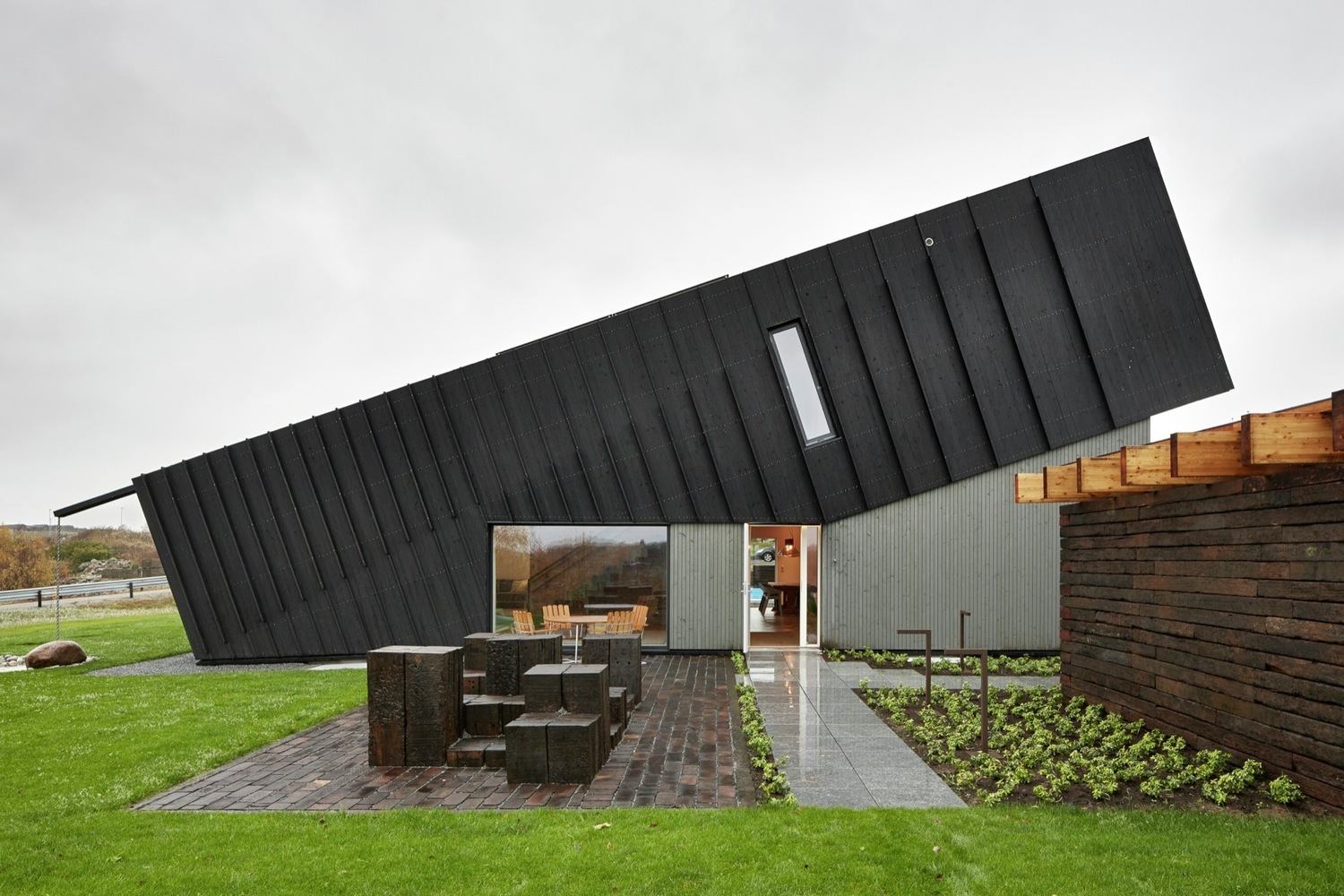
Evidently, there are no ‘universal standards’ or ‘recommended comfort ranges’ in designing building systems, since athletes training in a gym in Mexico will not feel comfortable in an interior with the same building systems of a nursing home in Denmark, for instance. Which is why, if we were to briefly define ‘thermal comfort’, it is the creation of building systems that are adapted to the local environment and functions of the space, cooperatively.
So how can we design for optimum thermal comfort?
One of the first elements to consider while designing for thermal comfort is creating an efficient building exterior. A building’s envelope acts as a filter between the outdoor climate and indoor environment, stabilizing the atmosphere inside. Properly managing the envelope results in a well-balanced interior environment and reduces the use of mechanical systems, all of which contributes to a more sustainable structure. It is essential to consider the following when designing: Insulation, Solar Gain, Thermal Inertia, and Air Ventilation.
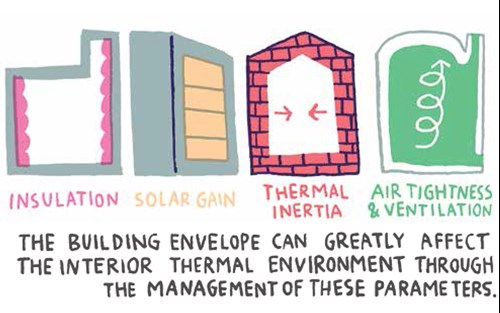
Since managing the parameters of the building’s envelope can greatly affect the interior thermal environment, ensuring high insulation properties on both, the opaque and glazed areas, reduces heat gain in the warm seasons and conserves heat during the cold ones. Solar gain (how much heat is generated as sun is absorbed in the building) is controlled by the building’s design and orientation, opaque-to-glazed areas ratio, heat reflection percentage, insulation level, and amount of nearby shading elements.
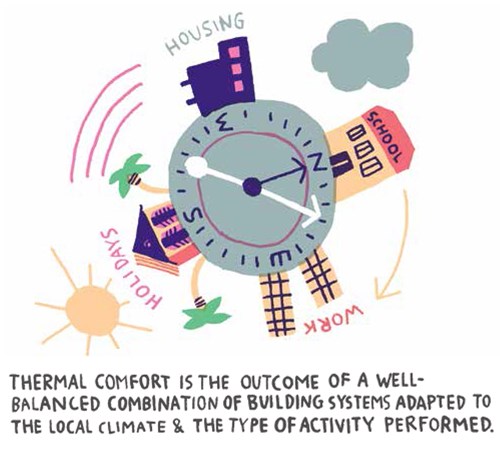
Thermal inertia (how slowly the temperature of a building reaches that of its surroundings) is largely controlled by the materials and type of structure used in the architecture. These components react with the exterior environment ultimately ensuring that the interior remains cooler - or warmer, depending on the location and need - for a longer period of time. Bricks and stones are considered high thermal inertia material, which is why these materials are usually used in hot environments to keep the interior cool for a longer period of time. In colder regions, low thermal inertia materials (such as wood) are commonly used so that the interiors heat up faster during the cold.
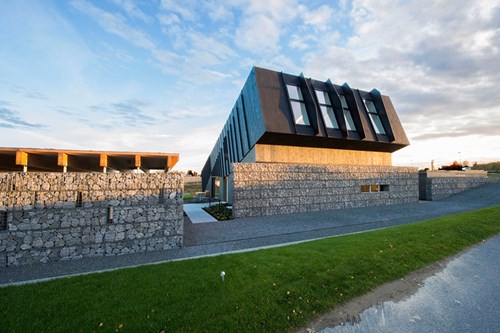
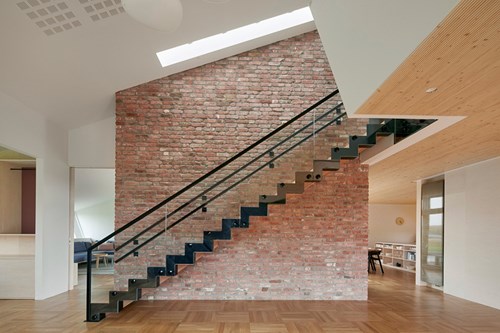
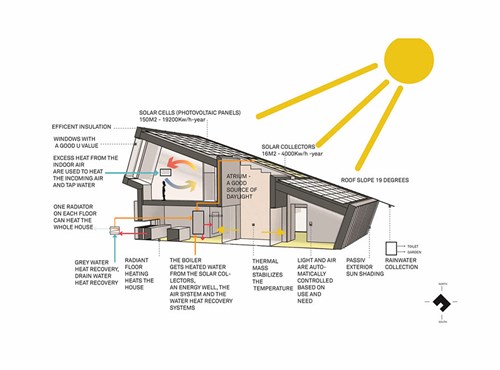
As for air ventilation, managing the air exchange and circulation with the outdoors is crucial for a comfortable atmosphere. Whether this is done by mechanical or natural ventilation, stable air currents release humidity and provide an infiltrated air flow.
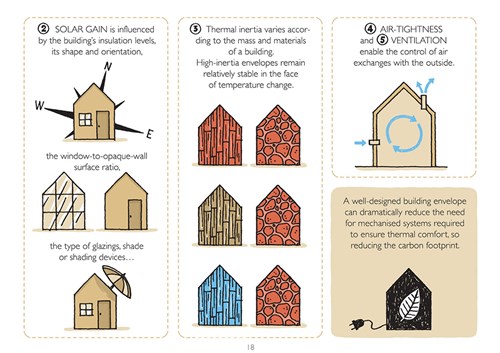
What does the future hold for thermal comfort?
Looking ahead, our needs for comfort will most likely remain the same. However, the context surrounding those needs is rapidly and radically changing! Cold places are getting warmer, hot places are bearing even more heat and will continue to do so for years to come. But if we think resorting to artificial means to provide thermal comfort is the solution, then we haven’t been paying much attention to what got us here in the first place.
Conscientious architects will always prioritize sustainable methods for thermal comfort, and as we have explained in this article, it is not by any means complex or farfetched. The future is one of creativity and innovation, and these solutions will actually make any architecture more local, livable, and admirable.
Source: https://www.archdaily.com/908320/how-to-design-for-optimal-thermal-comfort-and-why-it-matters


